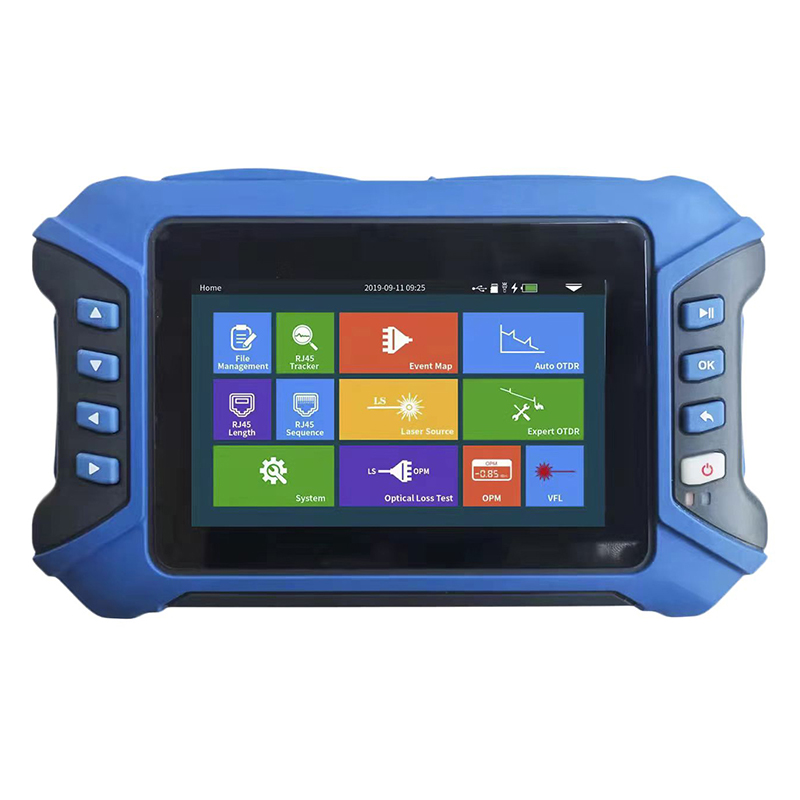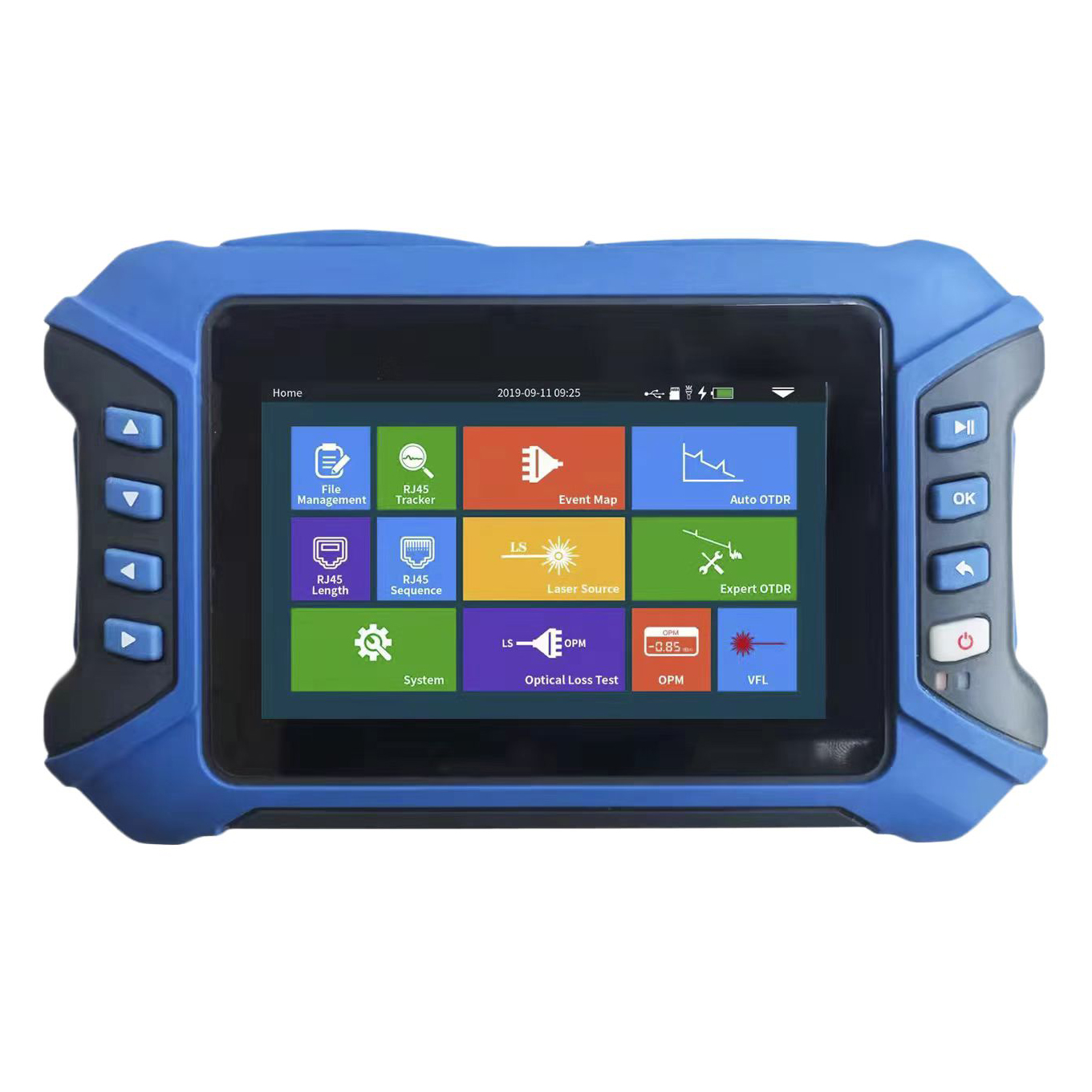Fiber optic cables play a vital role in modern communication networks, enabling rapid data transmission over long distances. While they offer numerous advantages, their testing and maintenance can be a complex and time-consuming process. Fiber optic cable testers are specialized tools designed to simplify and streamline this process, ensuring high-quality network performance and minimizing downtime.
A fiber optic cable tester, also known as a fiber optic inspection and test tool (I/T), is a hand-held device that uses advanced technology to detect and diagnose faults in optical fibers. These testers typically consist of a suite of tests, including:
- Light Source Testing: Verifying the integrity of the light source, which is essential for transmitting data through the fiber.
- Optical Power Testing: Measuring the power output of the light source and the power received at the far end of the fiber.
- Loss Testing: Detecting and analyzing any losses or signal degradation along the fiber cable.
- Fault Location: Identifying the location of faults, including breaks, kinks, or cracks, which can cause signal loss or degradation.
Fig 1: A fiber optic cable tester in action
When selecting a fiber optic cable tester, it’s essential to consider several factors, including:
- Test functionality: Determine the specific tests required for your network, including the types of fibers, distances, and network protocols.
- Connectivity options: Ensure the tester supports the connectivity options required for your network, such as Ethernet, USB, or SD card.
- Portability and ergonomics: Choose a tester that is lightweight, compact, and easy to handle, with comfortable grip and ergonomic design.
- Accuracy and reliability: Look for a tester with high-precision sensors and robust designs to ensure accurate and reliable results.
Fig 2: A fiber optic cable tester with multiple test heads
In addition to choosing the right tester, it’s also crucial to follow proper testing procedures to ensure accurate results. This includes:
- Identifying the fiber type and network protocol.
- Following the manufacturer’s guidelines for testing procedures and safety precautions.
- Ensuring the tester is properly calibrated and maintained.
- Documenting test results accurately for future reference.
By following these guidelines and using a fiber optic cable tester, network administrators can optimize network performance, minimize downtime, and ensure high-quality data transmission over long distances.


Post time: May-24-2024
